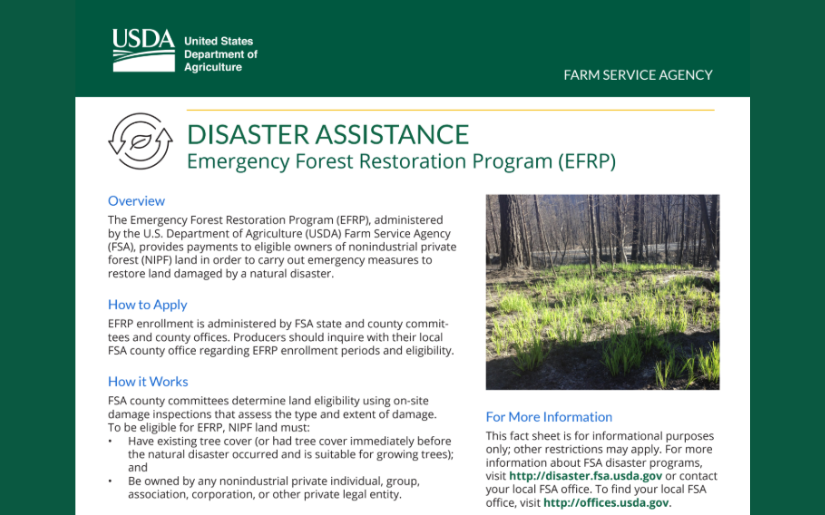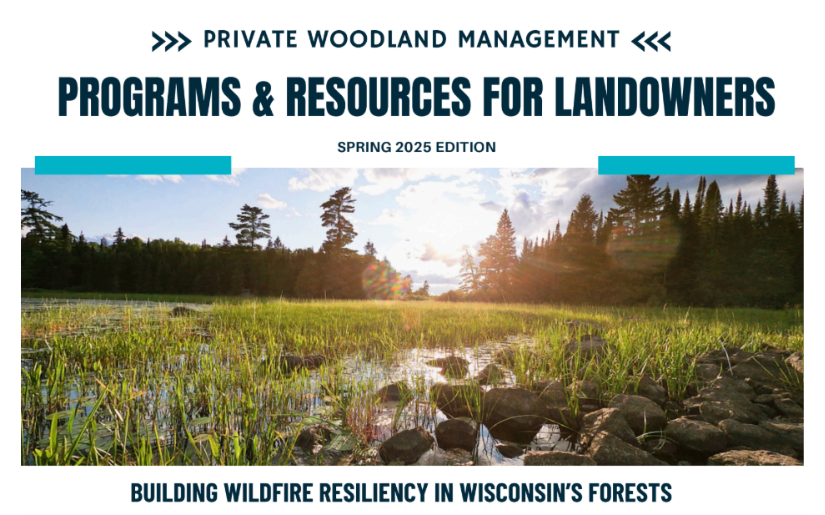Working Together to Sustain and Restore our Forests: Fuels Treatment Graphic
Areas of the forest in Minnesota's Arrowhead are high priorities to reduce the risk of catastrophic wildfire. Past forest management, insect infestations, wind events, and climate change have resulted in an increase of flammable materials, referred to as "hazardous fuels." The Forest Service, partners, and our communities are collaborating on forest stewardship practices to become more resilient to wildfires and improve forest health. The following diagrams outline steps to reduce hazardous fuels in our forests.
Planning and Funding
Identify land ownership, determine fuels reduction needs, and assess risks. Collaborate with land managers and land owners to pursue funding opportunities and achieve shared goals.
Hazardous Fuels Reduction
Remove suppressed or sick trees and reduce tree density. Timber sales, mulching, and pile burning are forest management tools to create desired forest conditions.
Prescribed Fire
Reintroduce fire with planning and favorable conditions to increase diversity, improve habitats, for plants and wildlife, combat invasive species, and reduce the threat of catastrophic wildfire.
Good Forest Management
Benefits include improved water quality and wildlife habitat, increased forest diversity and productivity, soil stabilization, and a reduction in invasive species.
Returning Fire to the Forest
Our forests are fire dependent and need periodic low intensity fire to reduce the risk of catastrophic wildlife and promote a balanced ecosystem. Prescribed fire is an important part of forest management and a beneficial means of achieving cross-cultural stewardship objectives.
Learn about confronting the Wildfire Crisis
Growing wildfire risk is due to accumulating fuels, a warming climate, and expanding developments into forested areas. To learn more about the efforts to protect people and communities while improving forest health and resilience, visit https://www.fs.usda.gov/main/superior/fire
- Lead AuthorTeresa Floberg
- DateAugust 2024
- CategoryBrochure, Fire prevention, Fuel mitigation, Landowner
- Project FileDownload
.png)





